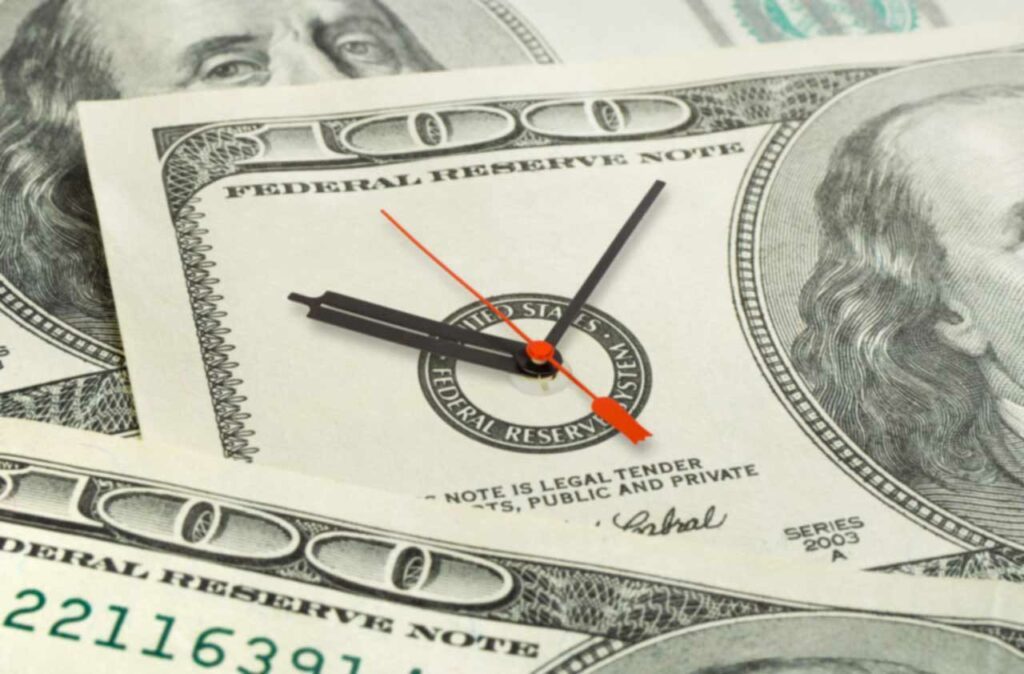The wait is over.
If you were delaying your plans to do a Roth conversion until you knew for sure that President Trump could deliver on his tax cut promises, you have your answer.
Now is the time. And the clock may be ticking. It’s likely these low tax rates won’t last until you retire — even if your retirement isn’t all that far off.
That’s because even though it may be great for the short term, most economic models, including that of Congress’ own Joint Committee on Taxation, show this tax plan will add at least $1 trillion to the nation’s debtover the next decade.
The problem is the government keeps kicking our debt can down the road, leaving it for some future generation to figure out. Meanwhile, the amount keeps growing — and it’s already more than $20 trillion, making it the largest national debt in the world.
And if the Fed continues to raise interest rates, the rates on government securities also will rise, which could add to the problem.
There are only a few ways this staggering burden can be reduced:
- The government can cut spending. (But it doesn’t like that idea much.)
- It can drive economic growth at a faster rate than the debt. (Republicans say this tax cut will accomplish that.)
- Or it can raise revenue by raising taxes.
If that happens and you’ve accumulated a hefty sum in your traditional IRA or 401(k) — as most workers have been trained to do over the past three decades — you could be in for a nasty surprise when you’re ready to withdraw those tax-deferred funds. (Or when you’re forced to take required minimum distributions at age 70½.)
And there’s no telling when a tax increase could happen. It could be in three years, if Trump isn’t re-elected — or maybe 10 or 20 years from now.
Think of this as a fire sale. We’re going to have much lower tax rates for at least the next few years. If you file a joint return, you can make as much as $315,000 and still be in a 24% tax bracket. So there’s a lot of room to start moving money out of traditional retirement plans and into a tax-free Roth.
Of course, to do that, you’ll have to pay the taxes on the money you withdraw now. But you should ask yourself: Would I rather pay 24% now or potentially pay 40%, 50% or more in the future?
Those percentages aren’t unprecedented.
Right now, for 2018, the highest rate you can be taxed at is 37%. In 1917, the highest tax rate jumped from 15% to 67% — and to 77% in 1918. In 1932, Congress raised taxes on top earners from 25% to 63%. And in 1944, the top rate peaked at 94% on taxable income over $200,000.
If you’ve been a diligent saver — putting money into your tax-deferred account for years and building a significant nest egg — this is an important decision to make, and the window could be narrow. Talk to your tax accountant and/or financial adviser now about the advantages of a Roth conversion and how it would fit in your overall retirement plan.

